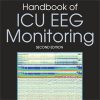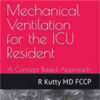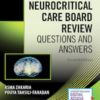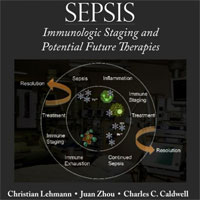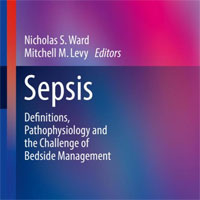Platelets and Fibrinogen Matter When Bleeding on ECMO
link.springer.comFibrinolysis is poorly investigated in ECMO patients, partly due to a lack of routine laboratory tests evaluating fibrinolysis. Hence, hyperfibrinolysis may be a contributor to bleeding risk during ECMO treatment.
However, in the work of Helms et al., the increase in D-dimer is more likely a reflection of increased fibrin turnover due to increased thrombin generation as presented by our group.
Antifibrinolytic therapy should not be initiated on the basis of D-dimer measurements, but should follow the evaluation of fibrinolysis, e.g., with viscoelastic assays.


